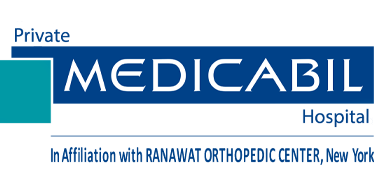Prostate
- Home
- Prostate
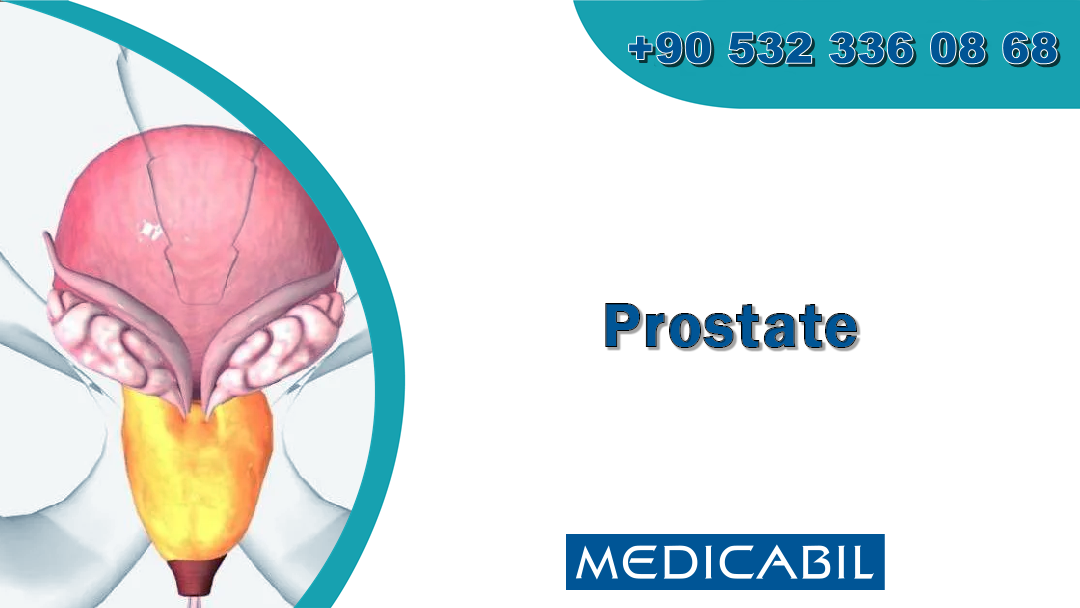
The prostate is an auxiliary sex organ found only in men and located at the base of the bladder. The urinary tract passes through the prostate in the form of a tunnel immediately after leaving the bladder, allowing the transport of urine and semen that comes with sexual ejaculation during sexual intercourse. The valve for our urine retention (the valve mechanism that keeps the urinary tract closed at our request) is located immediately below the prostate.
The prostate gland produces a fluid-filled secretion of milk. It contributes to the structure of semen with secretion. But the prostate gland does not have a secretion in the sense of hormones, and therefore no changes occur in cases such as a thick voice, called a secondary sex character, sexual desire, after removing the prostate. In many men, growth of the prostate gland begins after the age of 40. This growth can create different complaints in each man. Common complaints are due to the obstruction of the flow of urine that occurs as a result of compression of the urinary tract passing through it due to prostate enlargement.
When this condition occurs, the man may feel difficulty starting to urinate and a decrease in the strength of the urine flow. Causes of prostate enlargement prostate enlargement can occur in every man after the age of 40, but this growth cannot be said to be the same speed and extent in everyone. The most important cause of prostate enlargement is hormonal disorders or imbalances that occur in individuals after a certain age. As age progresses, imbalances in men and women's hormones appear in people, and accordingly, growths occur in cells inside the prostate. In addition, the information that standing urination, which is widely known, leads to the prostate, is completely incorrect. Standing urination has nothing to do with prostate enlargement. Not necessarily one with prostate cancer is that prostate cancer does not ensure. Prostate cancer develops independently of growth. A person who does not have an enlargement of the prostate can also get prostate cancer. In contrast, someone with prostate enlargement can also get cancer later.
Their developmental mechanisms are completely separate. The easiest way to tell if the prostate is cancer or growth, or if one of them exists, or if it is cancer, is to test it in the blood or diagnose it by manual examination. Effect of a growing prostate due to prostate enlargement, 1/5 to 1/10 of men have problems that lead to the need for surgical treatment. These problems: urine flow: the urinary tract gives symptoms depending on the degree of blockage. At first, the diameter of the urine decreases and the flow of urine slows down, there may be burning when urinating. When urinating standing or sitting, the patient cannot urinate forward. Urine comes in cuts. Bifurcation occurs in the urine or flows in drops. There is no complete relief on the return from the toilet. It feels like there's still urine in the bladder. It is expected for some time for urine to arrive. Because urination slows down, the time to urinate increases. Because there is urine left in the bladder, it is as if there is urine. Urinate frequently leads to. Bleeding may occur in the urine. If the table is mixed with inflammation, the complaints increase more. Nighttime urination happens.
A Normal person either does not urinate at night or can get up once. But a patient whose prostate is growing has more than 3 nights of urination. Sometimes complete blockage can occur and the patient may not be able to urinate at all. But these patients usually have problems with the flow of urine earlier. Bladder influence: the muscles of the bladder contract more strongly and strengthen in order to overcome the blockage that the prostate has made in the urinary tract and to empty the urine. For this reason, the bladder becomes sensitive and the need for a toilet occurs more often. Usually at night, many times the need for urine is needed. Because of the overactive bladder, difficulty in holding urine without full filling begins, and urinary incontinence develops in the style of not being able to grow to the toilet. In some men, the bladder muscles cannot develop, but they Harden and lose their activity. In this case, the bladder cannot be completely emptied, and inflammation of the urinary tract and bladder stones can occur due to the waiting urine remaining in the bladder. In a very limited number of patients, depending on the above problem, kidney damage may occur due to urine escaping back from the bladder to the kidneys.
Treatment options only follow-up: this option can be applied in cases where prostate enlargement is present and does not cause problems in the sense of complaining to the patient. Drug therapy: surgical treatment may be preferred in patients whose need is not at a high level. But the presence of side effects must necessarily be reported to the patient. TUR-Prostate: this is a method that can be called a simplified version of TUR-prostate surgery. It is the opening of a groove in the prostate, which compresses the urinary tract, the size to allow the flow of urine. Laser prostate surgery (Yesil): this method, which has been in practice for the last two years, shows the same effectiveness as TUR-prostate surgery, which is considered standard treatment. Its advantages are present, and the most important disadvantage detected is that the part cannot be taken for pathological examination.
In this method, the growing prostate tissue is eliminated by entering the urinary tract, evaporating with the help of a laser beam.The advantages of this method are;
- Shortening hospital stay,
- The risk of bleeding is almost minimal,
- Taking a urine probe on the same day or the next day,
- The patient can return to his normal life in a very short time,
- Having a less restrictive effect on prostate size for the procedure,
- It can be applied under local anesthesia.
TUR-prostate surgery (closed prostate surgery): many prostate surgeries are performed using endoscopic instruments. In this application, it will be done by entering your urinary tract with a metal probe the thickness of a fountain pen. This is the removal of the prostate gland from the urinary tract in parts with the help of endoscopic devices and electrocoterization, which provide an image by injecting sterile liquid through a metal probe. After the procedure, a rubber probe will be installed to ensure the flow of urine from your urinary tract.
This probe will remain as long as your doctor deems it necessary. Open prostate surgery: if the size of your prostate gland is too large for tour-prostate surgery, or if your urinary tract or bladder is too small and does not allow you to work with an endoscope, open prostate surgery will be performed in this case. In this method, a surgical incision of about 10 cm from the lower part of your abdomen will be made to reach your bladder, and after the bladder is opened, the part of the prostate gland located at the base of the bladder in the capsule, except for the capsule, will be removed. After that, one rubber urine probe will be placed from your urinary tract, and two rubber drain hoses will be placed from the abdominal area, one of which will be placed inside your bladder and the other outside the bladder. After surgery, continuous washing with sterile (germ-free) serum will be applied from the drain hose inside your bladder. All of these drain hoses and urine probes will be removed as your doctor deems appropriate. Recovery process after surgery: the duration of hospital stay after TUR-prostate surgery is 3 days after the day of surgery under normal conditions. During this time, the urine probe will remain attached to you. If necessary, serum and antibiotic therapy will be applied. 3 after surgery.
During the day, you will be expected to urinate by withdrawing your urine probe, and you will be discharged if you express that you are urinating comfortably. Antibiotics and painkillers can be prescribed when discharged. 8 under normal conditions after open prostate surgery. your discharge will be done on the day. During this 8-day process, the above-mentioned drain hoses and urine will be drawn in the order of your probe. On the day you are discharged, your stitches will be removed. He'll be given antibiotics and painkillers while he's in the battalion. Common recommendations to be implemented after both procedures are stated below:
After surgery, the wound site is present in the area where the prostate gland was removed, and it may take 1.5 - 2 months to fully heal.
Bleeding may occur in the urine until wound healing is complete.
During this period, it is inconvenient to sit on hard floors. Again, during this period, you should sit either on the side of your hip or in the form of long sitting, so that your breech area remains in space.
During this period, you should not have constipation problems. Be sure to tell your doctor if you have such a problem.
It is not recommended to have sex for 6 weeks after surgery.
It is not recommended to drive and pray for 1 month after surgery.
If you do not have any other health problems, it is recommended to consume about 3 liters of liquid daily.
After surgery, you can bathe in a standing shower unless otherwise indicated.
If you are not responsible for another diet after surgery, you can eat and drink whatever you want, unless otherwise indicated.
Order Blogs
-
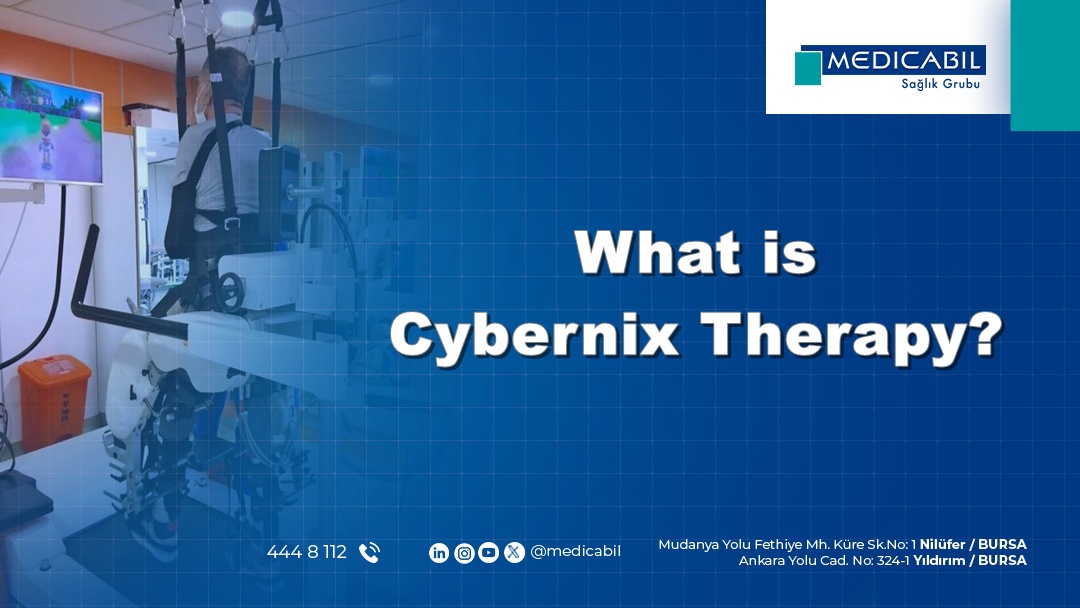 What is Cybernix Therapy?
What is Cybernix Therapy?
-
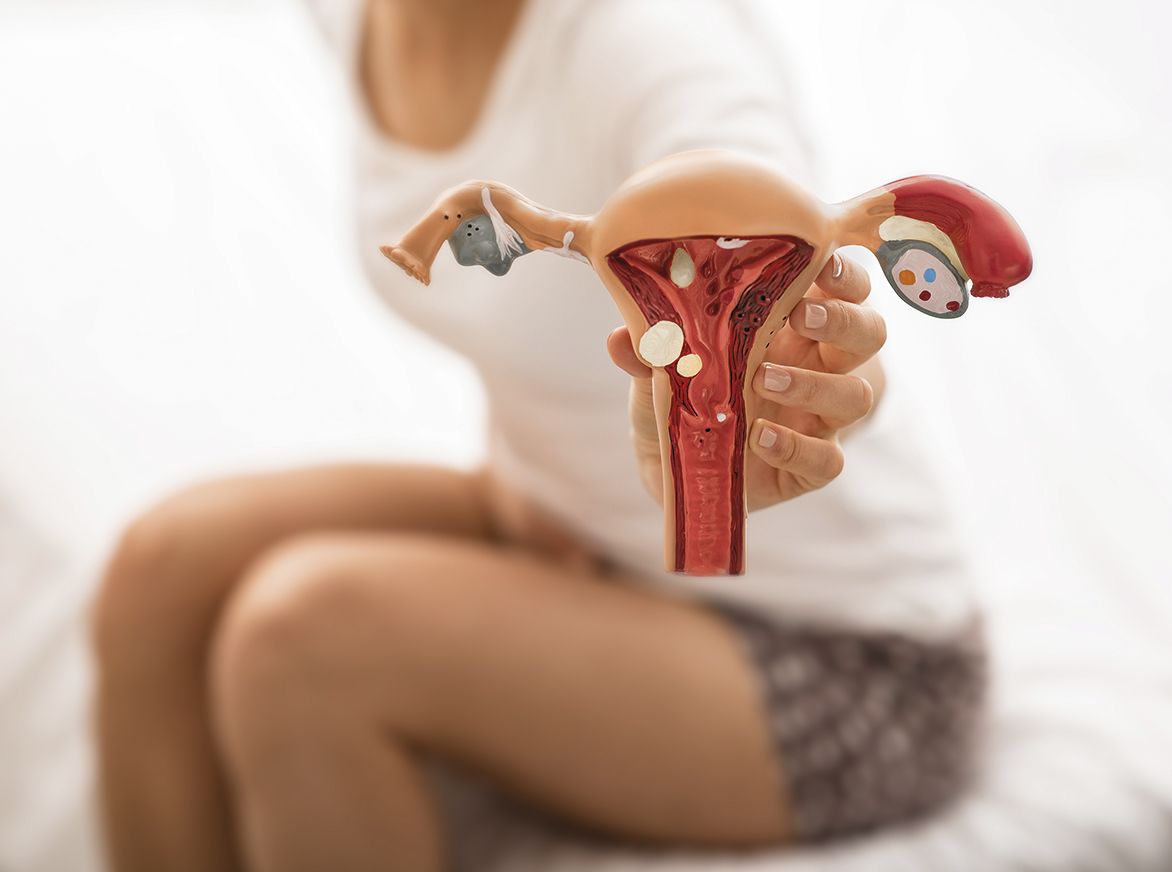 What is Endometriosis (Chocolate Cyst)? What are the symptoms? How to Treat?
What is Endometriosis (Chocolate Cyst)? What are the symptoms? How to Treat?
-
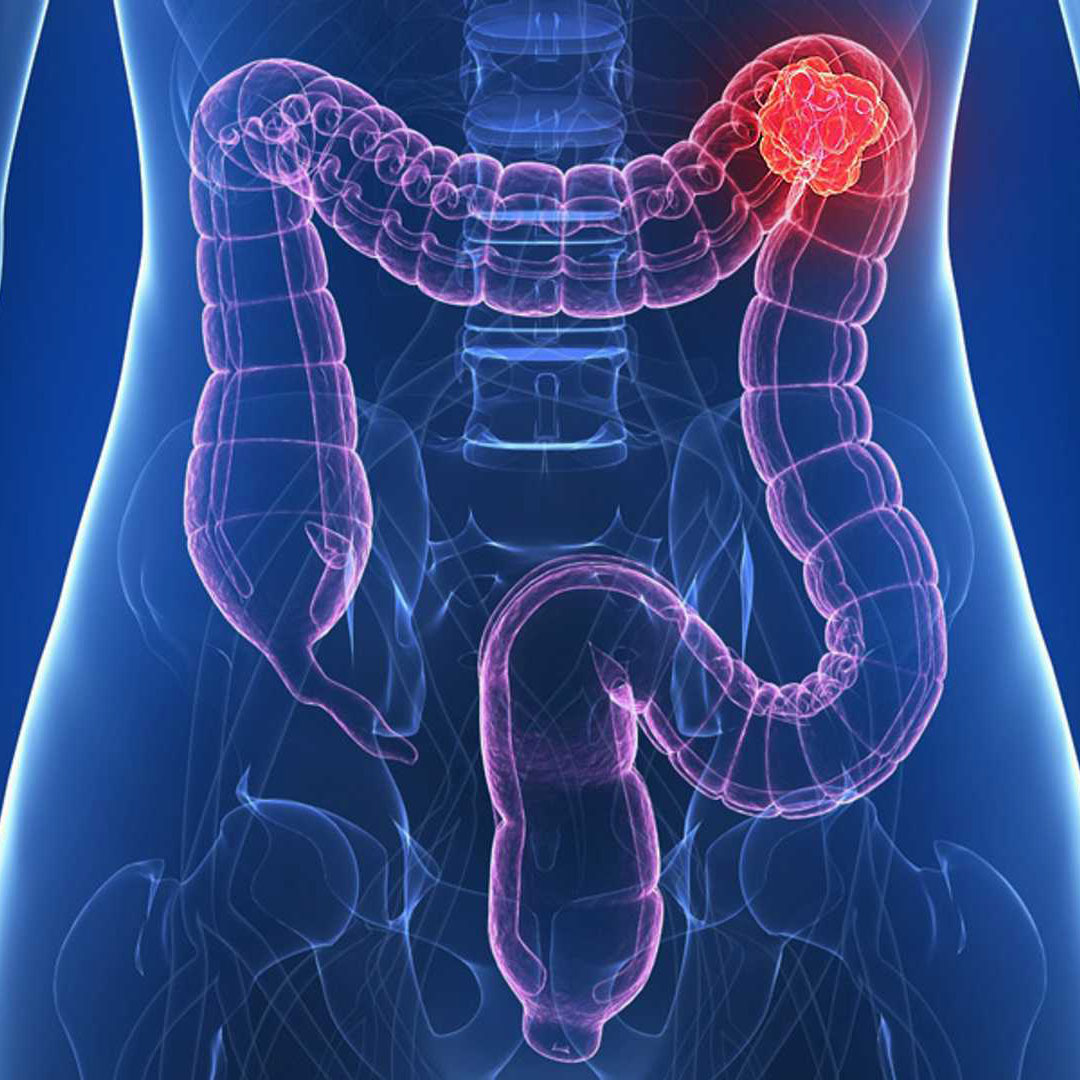 Colon Cancer (Symptoms, Stages, Treatment)
Colon Cancer (Symptoms, Stages, Treatment)
-
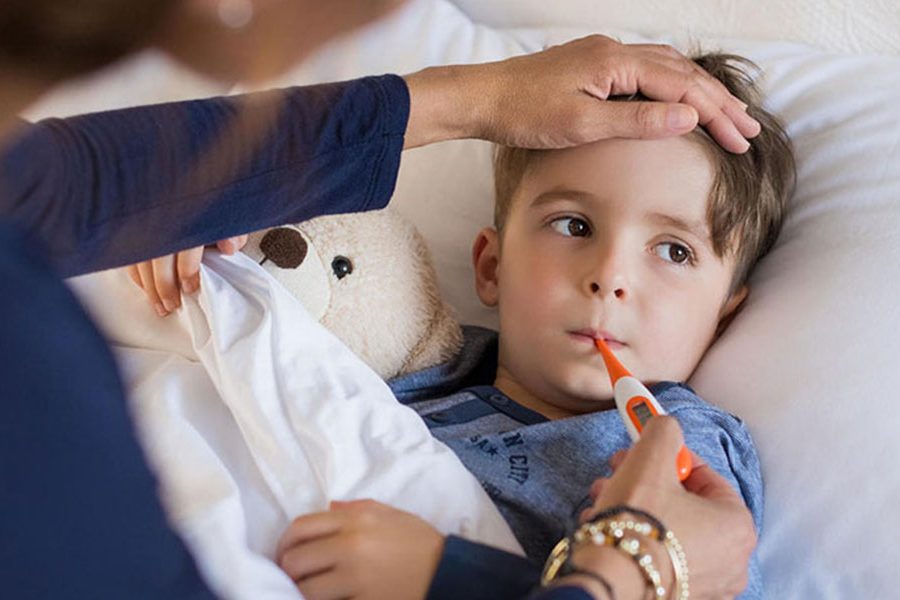 Influenza (Flu) in Children
Influenza (Flu) in Children
-
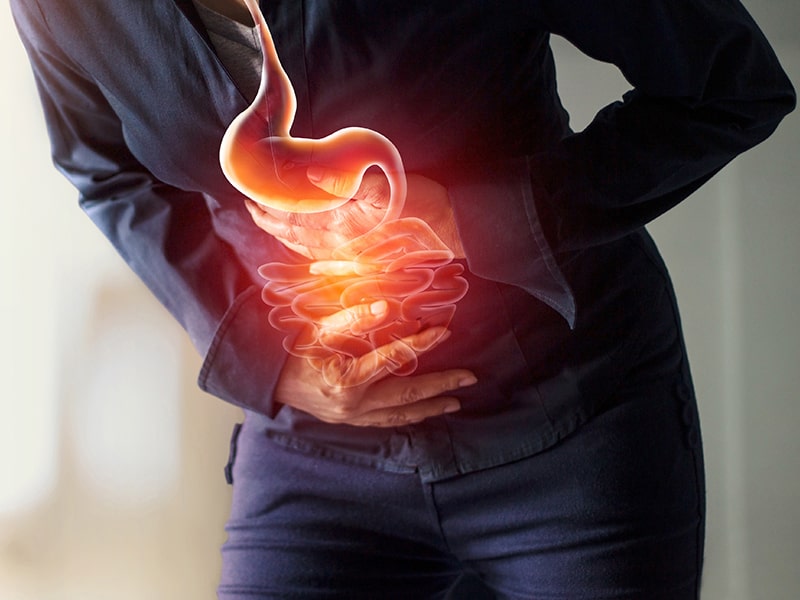 Stomach Cancer Symptoms and Treatment Methods
Stomach Cancer Symptoms and Treatment Methods
-
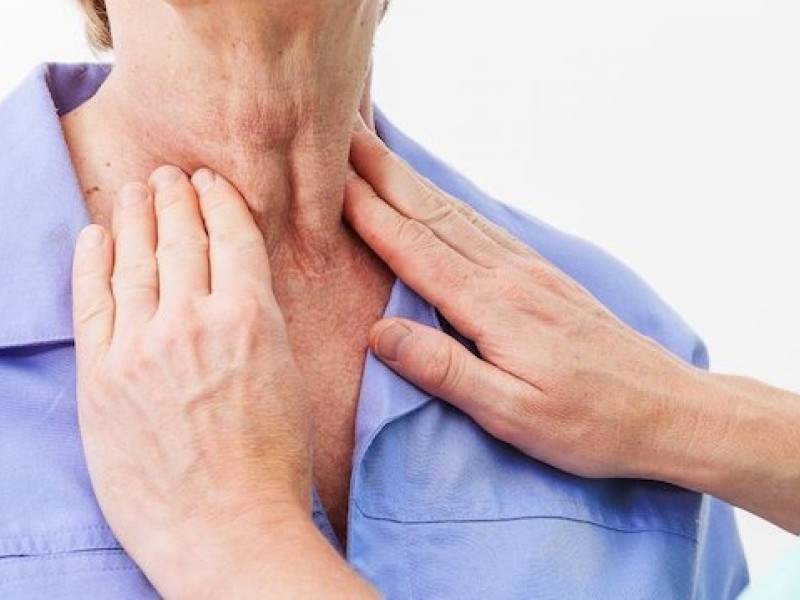 What is Lymph Node Swelling? What Are The Reasons?
What is Lymph Node Swelling? What Are The Reasons?
-
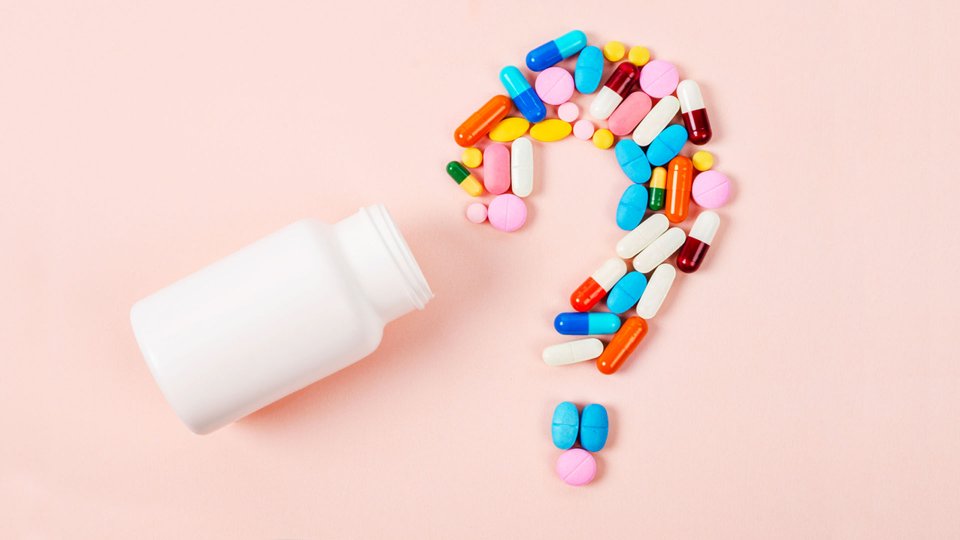 When to Use Antibiotics? What are the side effects? What is Antibiotic Resistance?
When to Use Antibiotics? What are the side effects? What is Antibiotic Resistance?
-
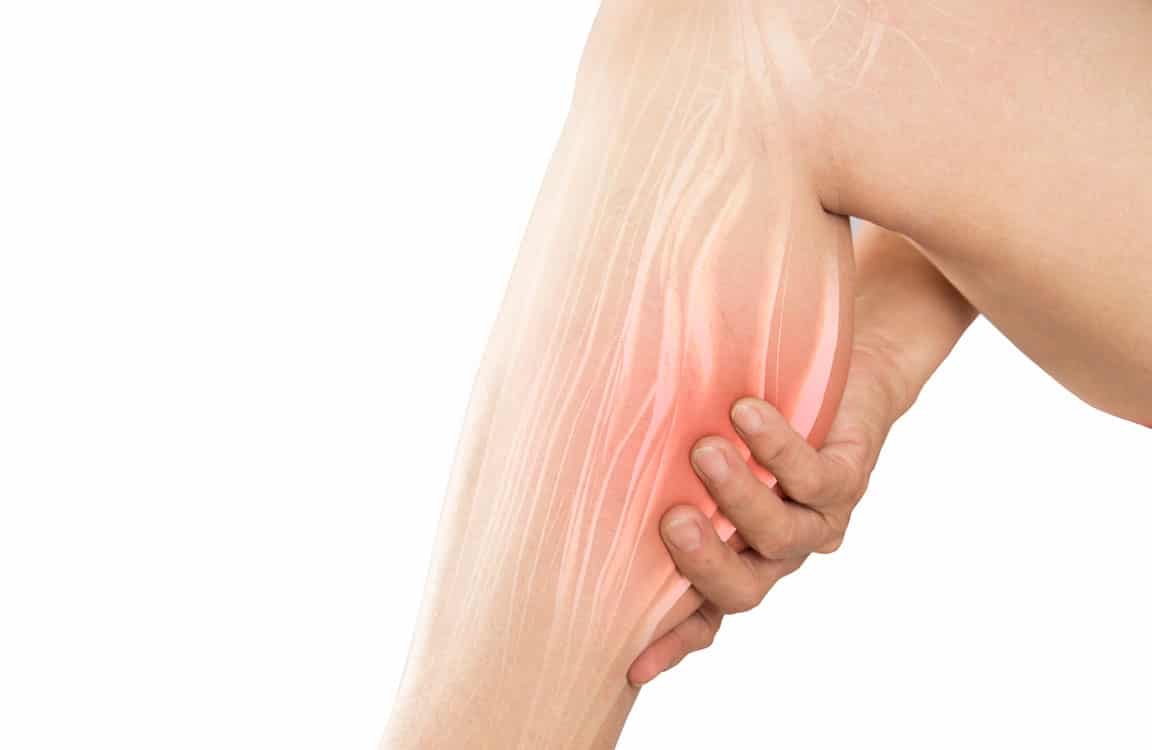 What is Muscle Spasm?
What is Muscle Spasm?
-
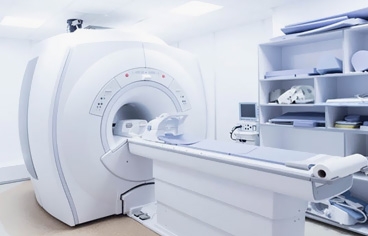 What is MRI? How to Take an MRI with Medication? Is It Harmful?
What is MRI? How to Take an MRI with Medication? Is It Harmful?
-
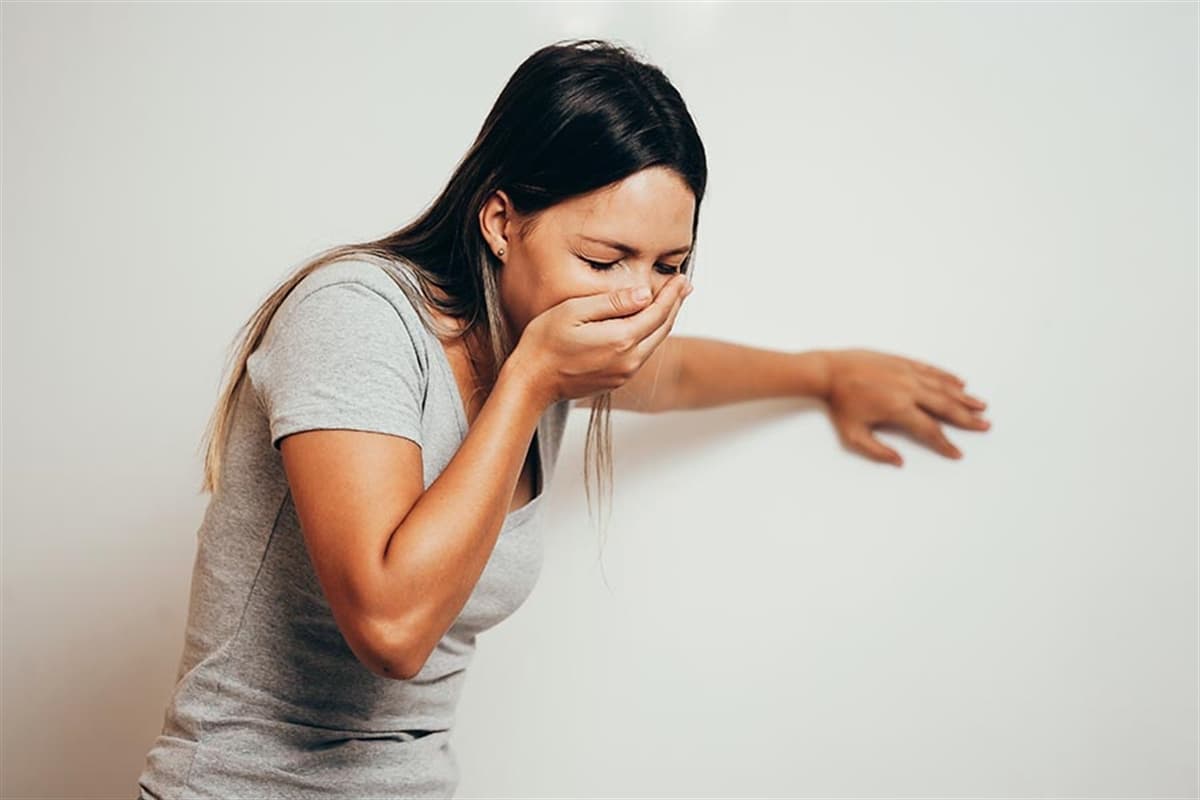 What are the Causes of Diarrhea and Vomiting? How to Treat?
What are the Causes of Diarrhea and Vomiting? How to Treat?
